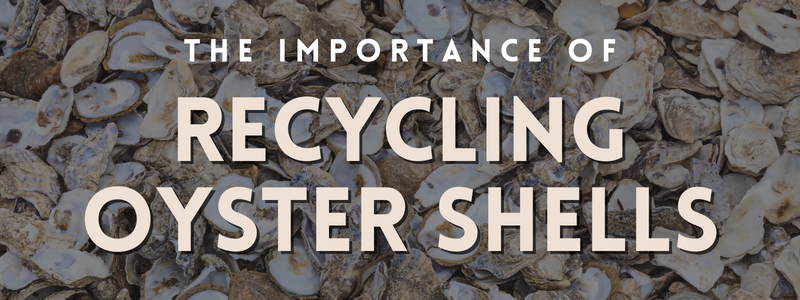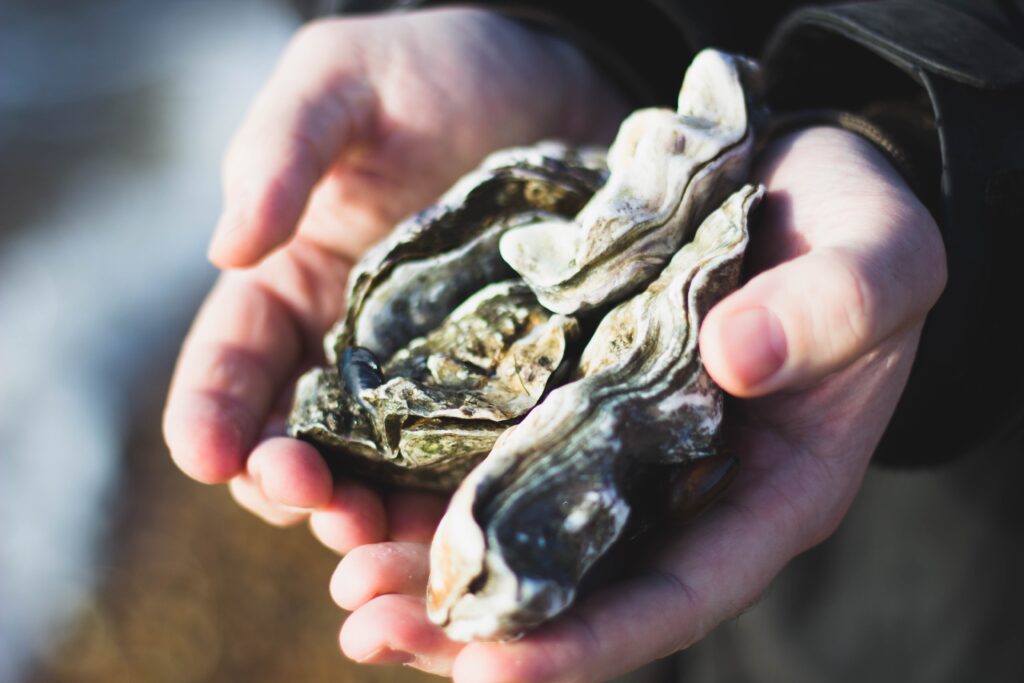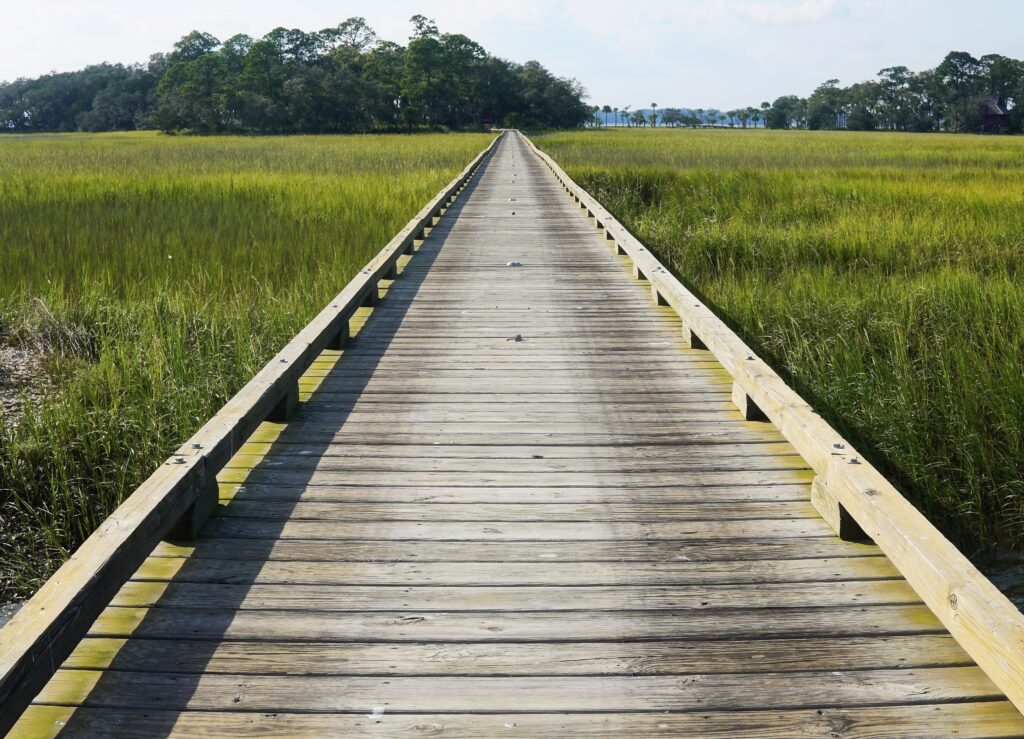Going by the “R Rule,” we’re in the thick of oyster season. And to catch anyone up who’s never heard of such a rule, any month that includes the letter “r” is typically considered oyster season. We won’t get into the nitty gritty of farm-raised, year-round oysters either, we’ll save that for another time.
Here in the Lowcountry, oyster season parallels the time of year when the weather gets cooler, making outdoor events and activities much more enjoyable. Oyster roasts and other food festivals seem to take over the calendar, suddenly giving way to the holiday season—another busy time and cause for celebration and community gatherings.
Oysters have been at the root of our coastal communities for centuries. Historians have observed that the indigenous groups that inhabited areas such as Hilton Head Island not only relied on oysters as a main food source, but used them as tools and for trading purposes. Fast forward to a booming industry throughout the sea islands that sold canned oysters, and to generations of residents and visitors who up until today can see oysters on an abundance of restaurant’s menus.
It’s easy to only think about oysters being beloved as an appetizer or in a po’boy, but their importance far exceeds the plate garnished with a lemon and tabasco sauce. Oysters act as an important filtration system for the waters they’re in, removing contaminates and excess nutrients. One oyster can filter up to 50 gallons of water a day. The clusters of oysters, often called oyster reefs, serve as homes to many different fish species. The reefs are also known to absorb waves, helping with erosion control. And with all that being said, oysters help coastal economies other than just sale of oysters alone.
So, what would happen if one day oysters suddenly disappeared? We’d be in big trouble.
We’re certainly not at that point, but populations have been declining throughout the United States. While oysters in South Carolina are still considered abundant, evidence that human activities have affected the populations negatively. These activities include a myriad of things, but the more oysters are taken out of the waterway, there are less shells for oyster larvae to attach to for the oyster to continue to live and ultimately go on to reproduce. The shells have been used by many generations for a wide array of reasons from construction, agriculture, and more.
The Department of Natural Resources started SCORE (South Carolina Oyster Restoration and Enhancement Program) to help restore the state’s oyster habitats. Recycling oyster shells is key in rebuilding reefs, while awareness of the importance of oysters is also a top priority.
Before you start throwing your old oyster shells back into the water, please know that there is a months-long process to cleaning and returning shells back into waterways to rebuild these reefs. If you do find yourself with shells left over from a dinner party or oyster roast, you can drop them off at designated recycling centers throughout the area. To find the closest one nearest you, use this interactive map provided by the DNR.



